
The United States can benefit from taking and adapting certain elements of European countries’ systems and methods of assessing value, says Patricia Danzon, PhD, the Celia Moh Professor at The Wharton School, University of Pennsylvania.

The United States can benefit from taking and adapting certain elements of European countries’ systems and methods of assessing value, says Patricia Danzon, PhD, the Celia Moh Professor at The Wharton School, University of Pennsylvania.
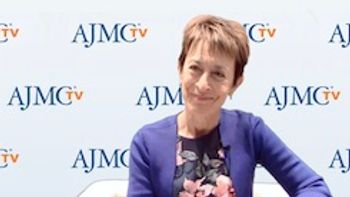
Patients can self-manage their cardiovascular disease and improve their quality of life by improving diet, being more physically active, taking medications as prescribed, and being partners in their care with their healthcare provider, said Christi Deaton, PhD, RN, FAHA, FESC, of the University of Cambridge.
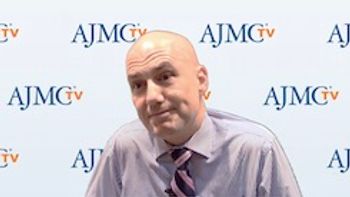
The rivaroxaban plus aspirin combination therapy to treat patients with stable coronary or peripheral artery disease showed such benefits in the COMPASS trial that it should become the standard of care, said John Eikelboom, MBBS, MSc, FRCPC, associate professor at McMaster University.

Patients with heart failure tend to have other health issues, requiring cardiologists to understand how to care for heart failure while keeping in mind treatment for these other comorbidities, said panelists at the European Society of Cardiology Congress 2017, held August 26-30 in Barcelona, Spain.

Pulmonary arterial hypertension requires vigilant monitoring beyond just a superficial conversation, including several yearly tests and analyses, according to Simon Gibbs, MD, Reader in Pulmonary Hypertension at the National Heart and Lung Institute, Imperial College London.

The results of the COMPASS trial testing rivaroxaban plus aspirin in patients with coronary artery disease or peripheral artery disease showed such significant benefits for reducing ischemic events that it was stopped early, explained Deepak Bhatt, MD, MPH, of Brigham and Women's Hospital and Harvard Medical School.

For each level of cardiovascular risk, lifestyle factors remain a significant contributor that can be modified to reduce risk. However, some risk will remain nonmodifiable and require therapy, according to panelists during a session on cardiovascular prevention at the European Society of Cardiology Congress 2017, held August 26-30 in Barcelona, Spain.

Emergency cardiac care is an interesting challenge for digital health but it has a lot of potential if it can bring together the public and the healthcare system to create app, predictive models, and more to be able to detect stroke and acute myocardial infarction earlier, explained John Rumsfeld, MD, PhD, chief innovation officer at the American College of Cardiology.

Rivaroxaban plus aspirin has significant benefits for patients with peripheral artery disease (PAD) and stable coronary artery disease, according to the results of the COMPASS (Cardiovascular OutcoMes for People using Anticoagulation StrategieS) trial, presented at the European Society of Cardiology Congress 2017, held August 26-30 in Barcelona, Spain.
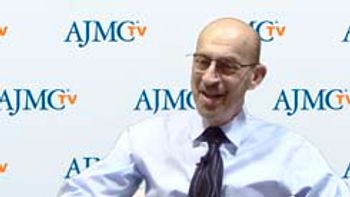
Trial results that will be presented at the European Society of Cardiology Congress 2017 in Barcelona, Spain, will open up a new window into treatment for patients at risk of major cardiovascular events, explained Steven E. Nissen, MD, of Cleveland Clinic, at the start of the conference.
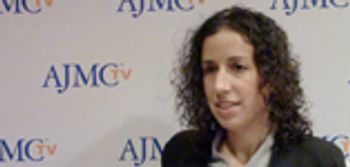
A one-size-fits-all approach to value is impossible in the US healthcare system, but a pluralistic approach is extremely complex to implement, says Ilene Hollin, PhD, MPH, the National Pharmaceutical Council and University of Southern California Schaeffer Center’s Postdoctoral Health Policy Fellow.

A combination of different countries’ health systems can set an example for the United States to follow in efforts to restrain the ongoing increases in drug prices, explains Patricia Danzon, PhD, the Celia Moh Professor at The Wharton School, University of Pennsylvania.

Patients, payers, and providers all view value in different ways, and they all need to be taken into account in value frameworks, said Ilene Hollin, PhD, MPH, the National Pharmaceutical Council and University of Southern California Schaeffer Center’s Postdoctoral Health Policy Fellow.

Coverage from the 2017 meeting of the American Association of Diabetes Educators.

Coverage from the 2017 meeting of the American Association of Diabetes Educators.

There are differences between cost effectiveness and affordability that people don't always understand. A drug may be cost effective but still not fall within the budget, explained Patricia Danzon, PhD, the Celia Moh Professor at The Wharton School, University of Pennsylvania.
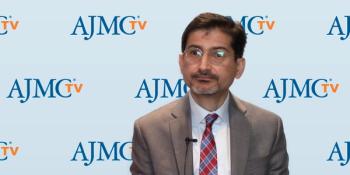
Medical bankruptcy is indefensible and even if patients are willing to bankrupt themselves to purchase a cure, doesn't mean that is how pricing and reimbursement of treatments should be handled, said Darius Lakdawalla, PhD, Quintiles Chair in Pharmaceutical Development and Regulatory Innovation at the School of Pharmacy at the University of Southern California
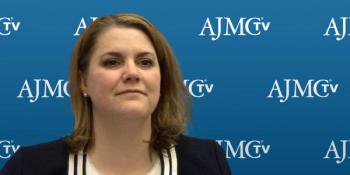
Jennifer Graff, PharmD, vice president of comparative effectiveness research at the National Pharmaceutical Council, discusses where payers receive their information and how it is used to make decisions about coverage and reimbursement.
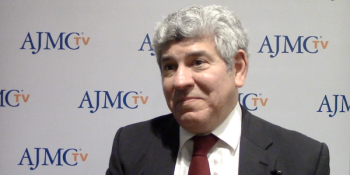
Michael Sherman, MD, chief medical officer at Harvard Pilgrim Health Care, discusses the challenges of moving towards performance-based risk-sharing agreements and where they would work best for certain treatments.
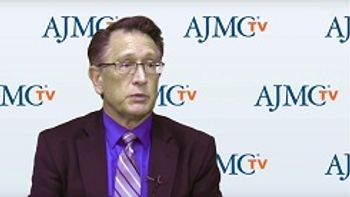
Alan Carter, PharmD, principal investigator and senior advisor at MRIGlobal, and adjunct faculty at University of Missouri—Kansas City School of Pharmacy discusses the influence of biosimilars and follow-ons in the insulin market and their reliability should be validated.
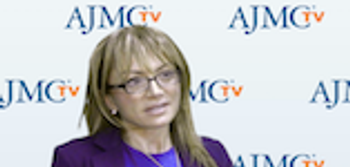
Smartphone apps and other new technologies can replace past methods and make life easier for diabetes patients, according to Eda Cengiz, MD, MHS, FAAP, associate professor of pediatrics at Yale School of Medicine.
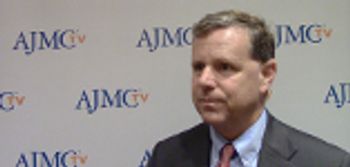
Legislators from both parties may have difficulty finding a common solution to high drug prices, but President Donald Trump could be instrumental in bringing prices down if he acts on his pledges, according to David M. Cutler, PhD, of Harvard University.

Data-sharing capabilities are important for faster communications and results that can greatly benefit the patient, says Robby Booth, senior vice president of research and development at Glytec.

Health technology assessment (HTA) is a tool that helps to objectively evaluate evidence, which levels the playing field for new therapies looking to demonstrate cost-effectiveness, according to Steve Pearson, MD, MSc, president of the Institute for Clinical and Economic Review. In doing so, stakeholders can better understand the balance between innovation and affordability.

Value frameworks are tools used to clarify cost-benefit tradeoffs in healthcare decisions, which means they can look very different depending on their intended audience, according to Clifford Goodman, PhD, moderator at the ACO Coalition spring live meeting in Scottsdale, Arizona, and senior vice president and director at the Center for Comparative Effectiveness Research at the Lewin Group.
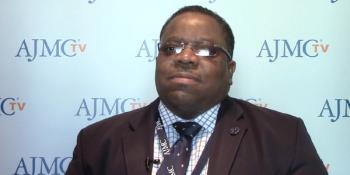
In the 180-plus years Daughters of Charity has been in New Orleans, the health system has implemented a number of innovative ideas, from air-conditioned hospitals to community health networks, according to Michael Griffin, president and CEO. The future is looking even brighter as more patients become insured and gain access to care, he added.
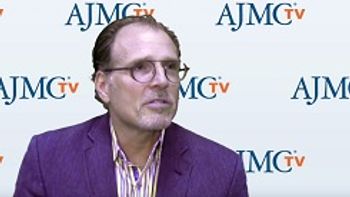
Andrew Rhinehart, MD, chief medical officer at Glytec, discusses the transition from intermediate outcomes in diabetes research of glycemic results to harder outcomes that will benefit the patient financially and through their care.

CareMore is beginning to form innovative partnerships with companies like Lyft, while also strengthening its internal ability to provide more outreach, according to Sachin H. Jain, MD, MBA, president and CEO. Jain said that CareMore’s prepaid model allows it to fully manage every dollar it receives.

Patient engagement offers opportunities for shared decision making between visits, when those with diabetes or obesity make choices about food, exercise, or medication that affect health outcomes.

Legislators and Congress need to be pressured to achieve more price transparency in order to manage the high costs on insulin says Alan Carter, PharmD, principal investigator and senior advisor at MRIGlobal, and adjunct faculty at University of Missouri—Kansas City School of Pharmacy.

259 Prospect Plains Rd, Bldg H
Cranbury, NJ 08512
© 2025 MJH Life Sciences®
All rights reserved.
